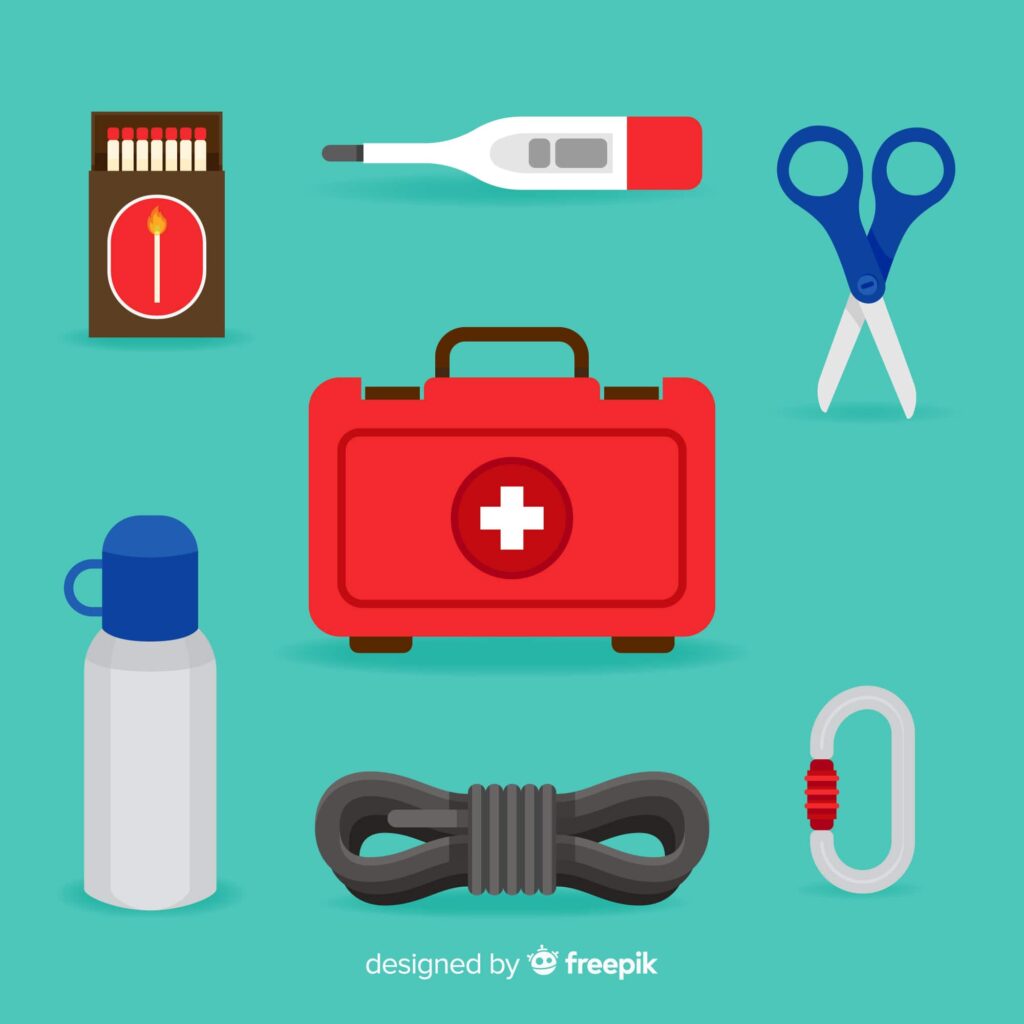Emergencies don’t wait for the perfect moment. Whether it’s a sudden storm, a power outage, or a late-night trip to the vet, being prepared can make a huge difference — especially when pets are involved. Just like we stock up on essentials for ourselves and our families, our furry companions need a little planning too.
From cuts and scrapes to heatstroke or swallowed objects, the unexpected can happen anytime. And in those moments, having an emergency kit ready can save precious time. It’s also smart to have a plan in place for situations where you need to reach out to an emergency vet Matraville after hours or when your regular vet isn’t available.

So, what exactly should go into a pet emergency kit? Let’s walk through the essentials.
Why Every Pet Owner Needs an Emergency Kit
Even the calmest pet parents can feel overwhelmed when their dog starts limping or their cat suddenly won’t eat. Having a well-stocked kit on hand allows you to respond quickly — which could make a world of difference for your pet’s safety and comfort.
Plus, having these supplies ready helps reduce your own stress. You don’t have to scramble to find gauze, a leash, or your vet’s number when time is of the essence.
First Aid Must-Haves
Start with the basics. These items can help manage minor injuries or stabilize your pet before you get professional help:
- Gauze pads and adhesive tape – For stopping bleeding or wrapping wounds.
- Non-stick bandages – To cover cuts without sticking to fur.
- Antiseptic wipes or spray – Use pet-safe options to clean minor wounds.
- Tweezers – For removing splinters, ticks, or small debris.
- Scissors – For trimming fur around a wound or cutting gauze.
- Styptic powder – Useful for stopping bleeding from broken nails.
- Digital thermometer – A pet’s normal body temperature is different from ours. (Around 38.3–39.2°C for dogs and cats.)
- Muzzle or soft cloth – Even gentle pets may bite when in pain.
- Gloves – For safe handling of wounds or bodily fluids.
Tip: Consider taking a pet first aid course, either in-person or online, so you feel confident using these tools when it matters.
Medical & Identification Essentials
Having critical health info on hand can make emergency care easier — especially if someone else has to step in.
- Copy of vaccination records
- List of medications and dosages your pet is currently taking
- Allergy information
- Your vet’s contact details
- Contact for after-hours or emergency clinics
- Recent photo of your pet (in case they get lost)
Keep these documents in a waterproof pouch inside your kit.
Emergency Comfort Supplies
When pets are stressed, a few comfort items can go a long way in keeping them calm and easier to manage.
- Spare leash and collar
- Soft blanket or towel
- Travel-safe food and water bowls
- Small bag of food and a few treats
- Extra bottle of water
- Disposable poop bags or litter and a tray for cats
- Toys or chew items – Something familiar can ease anxiety during transport or unexpected stays away from home.
Travel-Friendly Extras
If you’re evacuating due to weather or have to transport your pet unexpectedly, include:
- Pet carrier or crate – Sturdy and well-ventilated, ideally one your pet is already familiar with.
- Pet seatbelt harness or safety barrier – For secure car travel.
- Portable litter box (for cats or small animals)
Seasonal Add-Ons
Consider your climate and surroundings. Depending on where you live, your kit might also include:
- Cooling packs or a cooling mat (for heatwaves)
- Booties or paw balm (for icy sidewalks or hot pavement)
- Tick removal tool if you live in a tick-prone area
Where to Store Your Pet Emergency Kit
- Home: Keep it somewhere easy to grab — near the front door or in a hall closet.
- Car: Stash a compact version with essentials like water, leash, muzzle, and first aid supplies in case something happens on the go.
- Travel bag: If you take your pet on holidays or to the park often, keep a mini version in your go-bag or pet backpack.
Pro Tip: Check your kit every 6 months. Replace expired medications or food, and update info if your vet or pet’s health status changes.
When to Use Your Kit — and When to Get Professional Help
A pet emergency kit is for quick, temporary help — it’s not a substitute for professional care. If your pet is bleeding heavily, has trouble breathing, collapses, eats something toxic, or is in clear pain, contact your vet immediately or head to the nearest emergency clinic.
The kit is there to bridge the gap between what just happened and getting to help. It gives you a way to stabilize your pet and buy time when every second counts.
Final Thought: A Little Prep Goes a Long Way
You never want to be in a situation where your pet needs help and you don’t have the tools to assist. Creating a pet emergency kit might take an hour of your time today — but it could save a life tomorrow.
Think of it as peace of mind in a box. And if you never have to use it? Even better.










